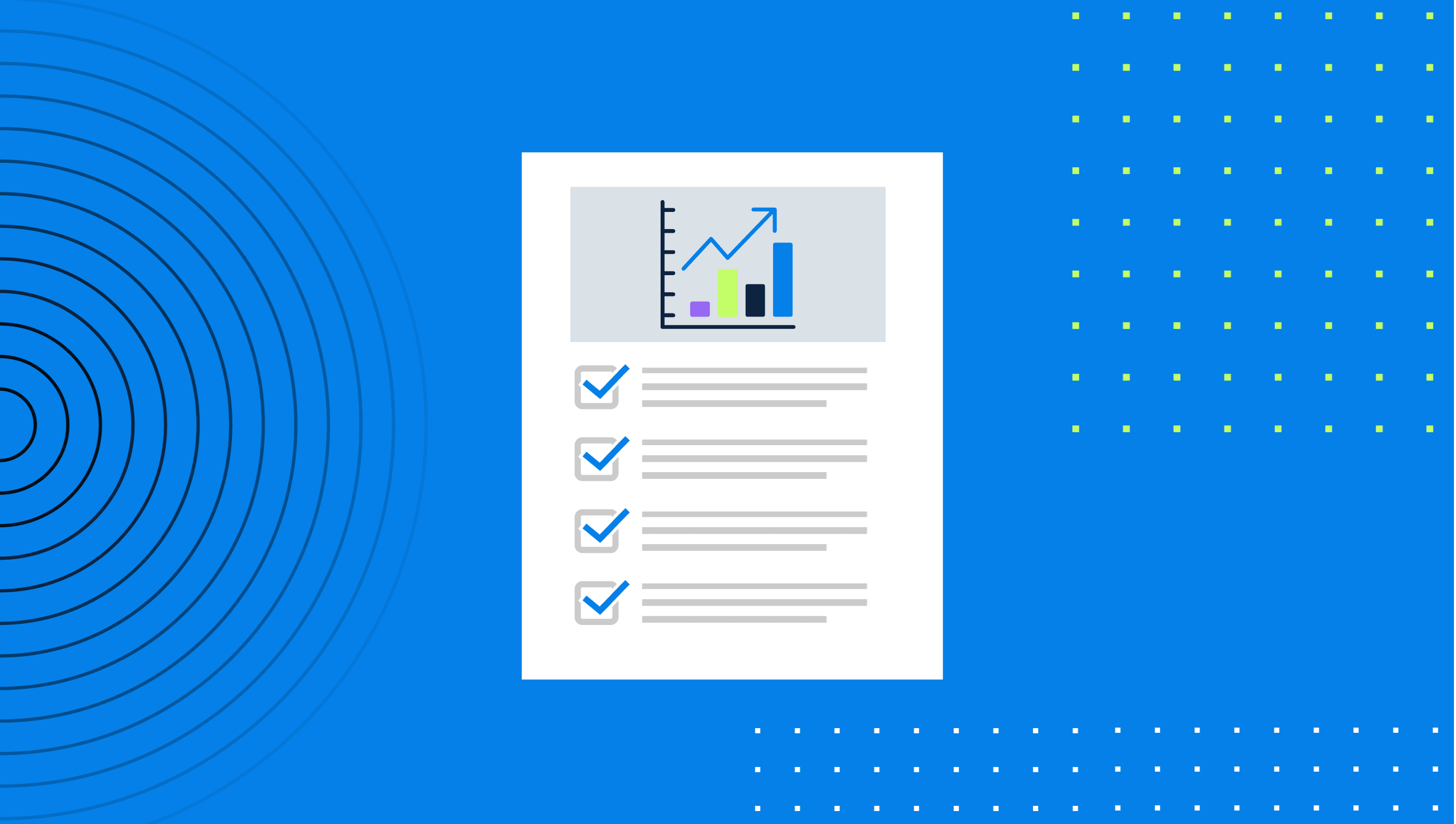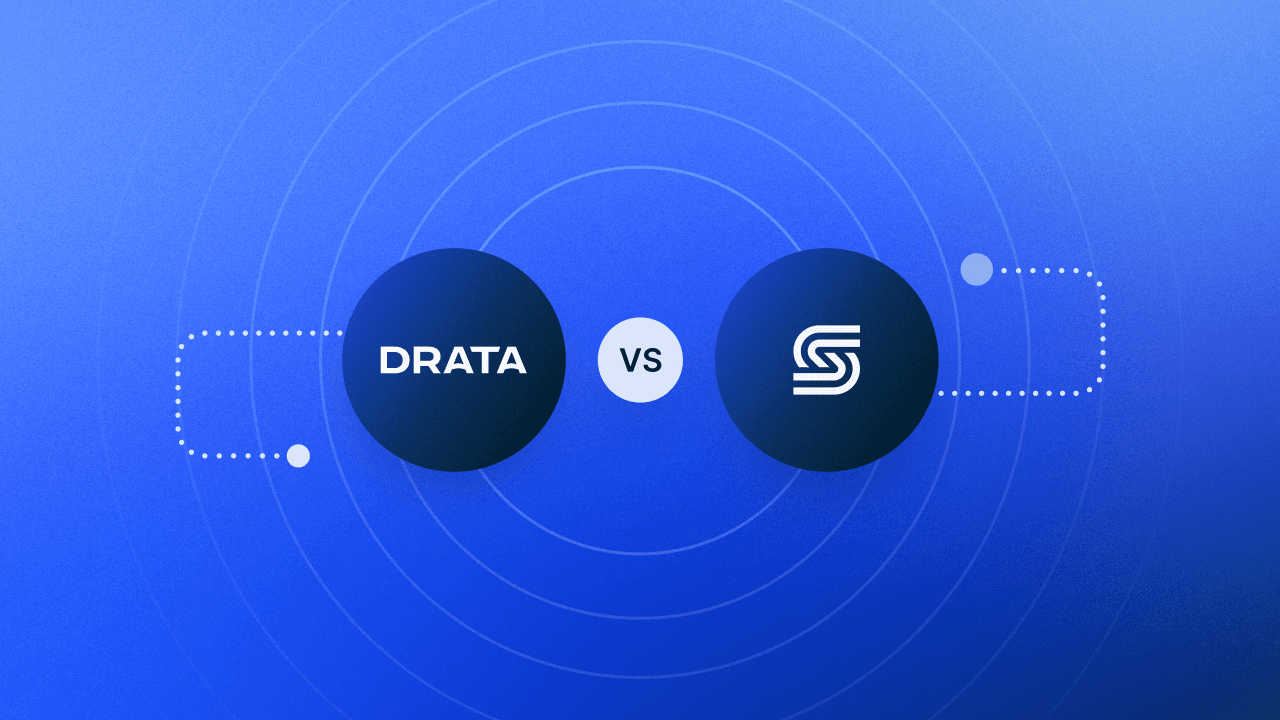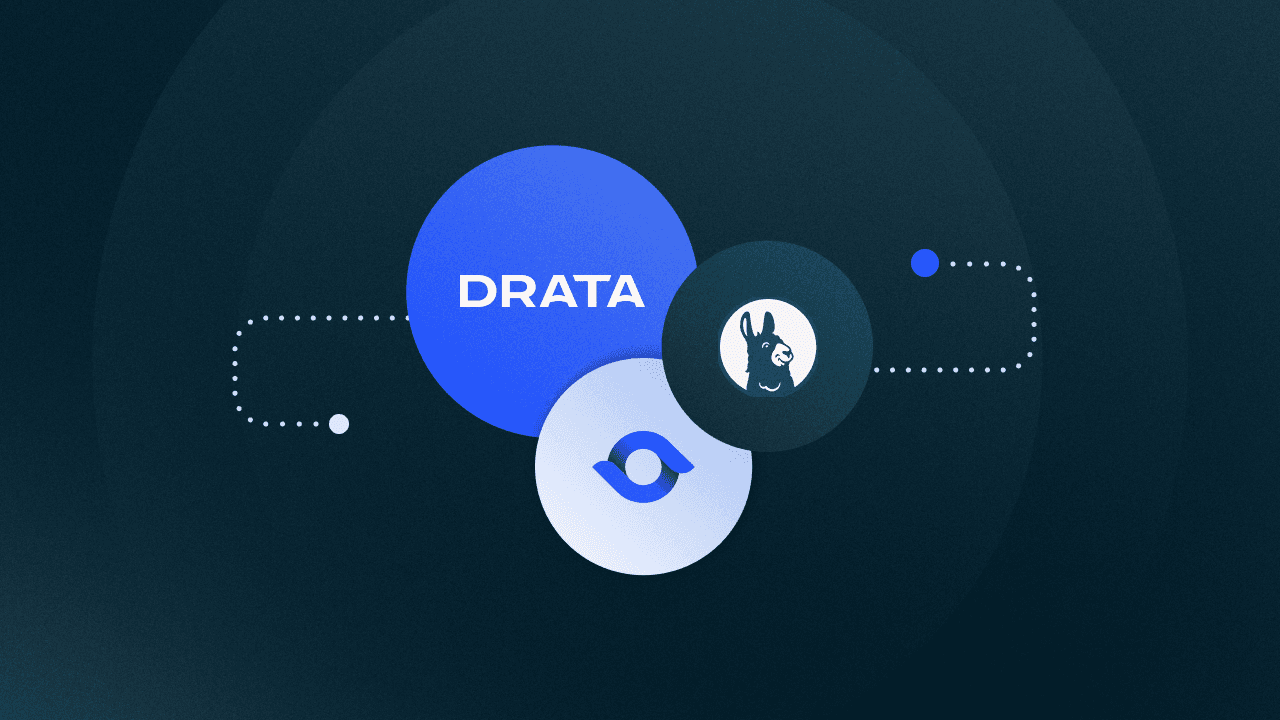What is Cyber Resilience? + Its Benefits
Cyber attacks aren’t the only causes of IT disruption. In an uncertain world, cyber resilience minimizes business impacts and ensures continuity.
Disruptions from the pandemics, natural disasters, cyber attacks, and geopolitical events of the past few years have elevated business continuity to the top of the priority list at middle-market and large enterprises. Given how deeply information technology penetrates every aspect of the business, cyber resilience has become the lens through which more CEOs, CISOs, and board members evaluate their organizations.
Driving this trend is a growing acceptance that cybersecurity is not enough—incidents will happen no matter what defenses you have in place. Boards and customers alike want to know how prepared for disruption your organization is.
Demonstrating cyber resilience through compliance with SOC 2 or other security frameworks helps answer that question.
What is Cyber Resilience?
Cyber resilience is the ability of an organization to maintain operations when incidents disrupt its information technology systems. This way of looking at the company goes beyond the traditional focus on cyber attacks to include other sources of IT disruption, including:
Extreme weather cuts power to data centers.
Public health emergencies prevent physical access to networks.
International conflict disrupts globally-distributed developer teams.
An effective cyber resilience program relies on a risk-based approach to monitoring for and responding to disruptive events.
Cyber Resilience vs. Cybersecurity
Cybersecurity focuses on the technical defenses and access control policies that protect critical resources. Cyber resilience is a superset of cybersecurity that prioritizes business continuity in the face of inevitable disruption.
Extending the principle of “assume breach” beyond cyber attacks to include any source of system disruption forces a change in perspective. Resilience is not limited to the IT department. Instead, it becomes the responsibility of everyone in the organization, from executives to frontline workers.
As a result, the business becomes more agile in its ability to stay operational during a disruptive event.
Benefits of Cyber Resilience
A recent survey of middle-market companies found that, besides inflation and competitive pressures, the biggest risks companies face are disruptive events that threaten business continuity.
Insufficient cyber security exposes companies to ransomware and other attacks.
On-going pandemic risks increase uncertainty.
Disruptions among suppliers can interrupt production.
Environmental catastrophes increase near- and long-term risks.
With more resources at their disposal, larger enterprises are further along in addressing continuity risks. A McKinsey survey of European enterprises revealed that 60% are confident in their resilience management systems, although many admit that financial resilience is more advanced than operational and cyber resilience.
Regardless of size, enterprises recognize the benefits of prioritizing cyber resilience.
Minimize Financial Impacts
Resilient organizations plan and prepare for events rather than reacting in real time. Having contingencies in place prevents service disruptions and business losses during the event. Resiliency also avoids longer-term costs such as civil penalties and lawsuits.
Improve Security
With more robust, agile approaches to cybersecurity, resilient organizations are less likely to suffer severe impacts from security breaches. Geographically distributed systems, secure backups, and other measures enable faster responses and quicker recoveries.
Improve Compliance
A focus on cyber resiliency streamlines compliance with security frameworks and regulations. A proactive culture of resiliency fosters security-first decisions that ensure compliance with regulations such as GDPR.
Reduce Security Burdens
Resilient organizations adopt technologies that continuously monitor systems for threats and compliance issues. Rather than flooding SOCs with alerts, these systems can automatically respond to low-level issues while elevating critical incidents to security personnel.
Improve Security Culture
The human factor is a critical cybersecurity risk. In part, employees fail to practice good security hygiene because they view cybersecurity as “IT’s job.” A resiliency culture clarifies individual responsibilities within the context of business continuity and improves employee security compliance.
Protect Brand Reputation
A hospital paralyzed by ransomware or a service unable to deliver due to internet disruptions suffers long-term damage to its reputation. Resilient organizations respond quickly and effectively to events, reinforcing their brands’ value among customers.
Competitive Advantage
Demonstrating resilience through SOC 2 or other compliance programs creates advantages in increasingly competitive markets. Resilient companies are more likely to weather disruptions than their competitors. Potential customers consider that resiliency when evaluating their own risks.
Main Components
Cyber resilience is a continuous process rather than a discrete event. It must become ingrained within daily operations, and everyone in the organization must understand their roles.
A typical cyber resilience program consists of these eight components:
1. Assess
Conduct audits that identify critical infrastructure and resources the business relies on to deliver its services. Perform a risk assessment that evaluates the probability and impact of threats to these resources.
2. Plan
Based on these assessments, prioritize significant risks and develop cyber resiliency plans to address them. For example, cyber attacks or local flooding could disrupt access to the company’s on-premise customer database. Migrating to cloud storage minimizes the impact of local network disruptions.
3. Teach
Cyber resilience is as much about human behavior as technical risk. Conduct training sessions company-wide that reinforce the variety of disruptions the company could face. More importantly, communicate each employee’s responsibilities for improving resilience.
4. Protect
Improve cybersecurity defenses through network segmentation, more robust infrastructure, and role-based access policies. Take measures to mitigate off-network as well. If severe weather can disrupt local power grids, for example, ensure your systems can keep running by installing generators or rooftop solar.
5. Monitor
Adopt systems that continuously monitor your resiliency program. These systems should automatically address minor incidents while flagging major events for direct action.
6. Respond
Effective cyber resiliency programs proactively assign cross-functional response teams to handle each incident type. With clearly understood responsibilities—and the authority to act—these teams set in motion response plans that let the business react quickly to manage the incident.
7. Recover
Advanced planning and quick responses give the business a head start on the road to recovery. For example, temporary measures that keep services intact during a cyber attack give IT teams time to evaluate and replace compromised equipment. Set achievable recovery point objectives to help you save as much data as possible.
8. Learn
Debrief the teams involved in each incident and identify opportunities for improvement. Infrastructure and resources evolve, potentially making the original risk assessment obsolete. Cyber resilience is a continuous process so plan to start the process over again.
How to Improve Cyber Resilience
In 2021, the National Institute of Standards and Technology (NIST) published Developing Cyber-Resilient Systems: A Systems Security Engineering Approach to:
“…help reduce the mission, business, organizational, enterprise, or sector risk of depending on cyber resources.”
This guide describes constructs, frameworks, and other elements that government agencies and other organizations can use to develop a cyber resilience program. Included among them are these 14 techniques for improving cyber resilience:
Adaptive response: The ability to respond agilely to events in ways that sustain operations and limit impacts.
Analytic monitoring: Continuous monitoring of internal systems and external threats.
Contextual awareness: Understand the organization’s resilience posture, dependencies, and behavior patterns.
Coordinated protection: Deploy security systems using a defense-in-depth strategy that limits attackers’ ability to exploit a breach.
Deception: Hide critical assets and leave false trails in the network to delay attackers and increase their chances of discovery.
Diversity: Limit common vulnerabilities by diversifying components and vendors.
Dynamic positioning: Distribute and dynamically relocate network functions and system resources to reduce impacts from location-specific incidents.
Non-persistence: Generating resources on demand and applying ephemeral permissions reduce exposure to cyber risks.
Privilege restriction: Apply role-based access policies with contextual rules to reduce the impact of compromised credentials.
Realignment: To the extent practical, reduce the attack surface of mission-critical services by minimizing connections to less critical services.
Redundancy: Multiple protected instances of critical resources reduce the impact of data loss or service disruption.
Segmentation: Physical and network segmentation limit the spread of incidents. Fires won’t spread to all systems, and cyber attacks won’t move beyond the breached network.
Substantiated integrity: Implement measures to monitor data integrity and detect attempts to corrupt data, software, or hardware.
Unpredictability: Randomly change system protections to make an attack’s reconnaissance phase less productive.
Automating Monitoring for Cyber Resilience
Hardly any part of middle-market and large enterprises is not dependent on information technology. In the face of proliferating and unpredictable risks, companies must expand their mindsets beyond cyber security. Cyber resilience makes organizations more agile when responding to environmental, cyber, and other incidents while minimizing the negative consequences.
Drata’s scalable compliance platform integrates with your tech stack to automate evidence collection and monitor your security, risk, and compliance postures. Book a demo with our compliance experts to learn how Drata can help.







